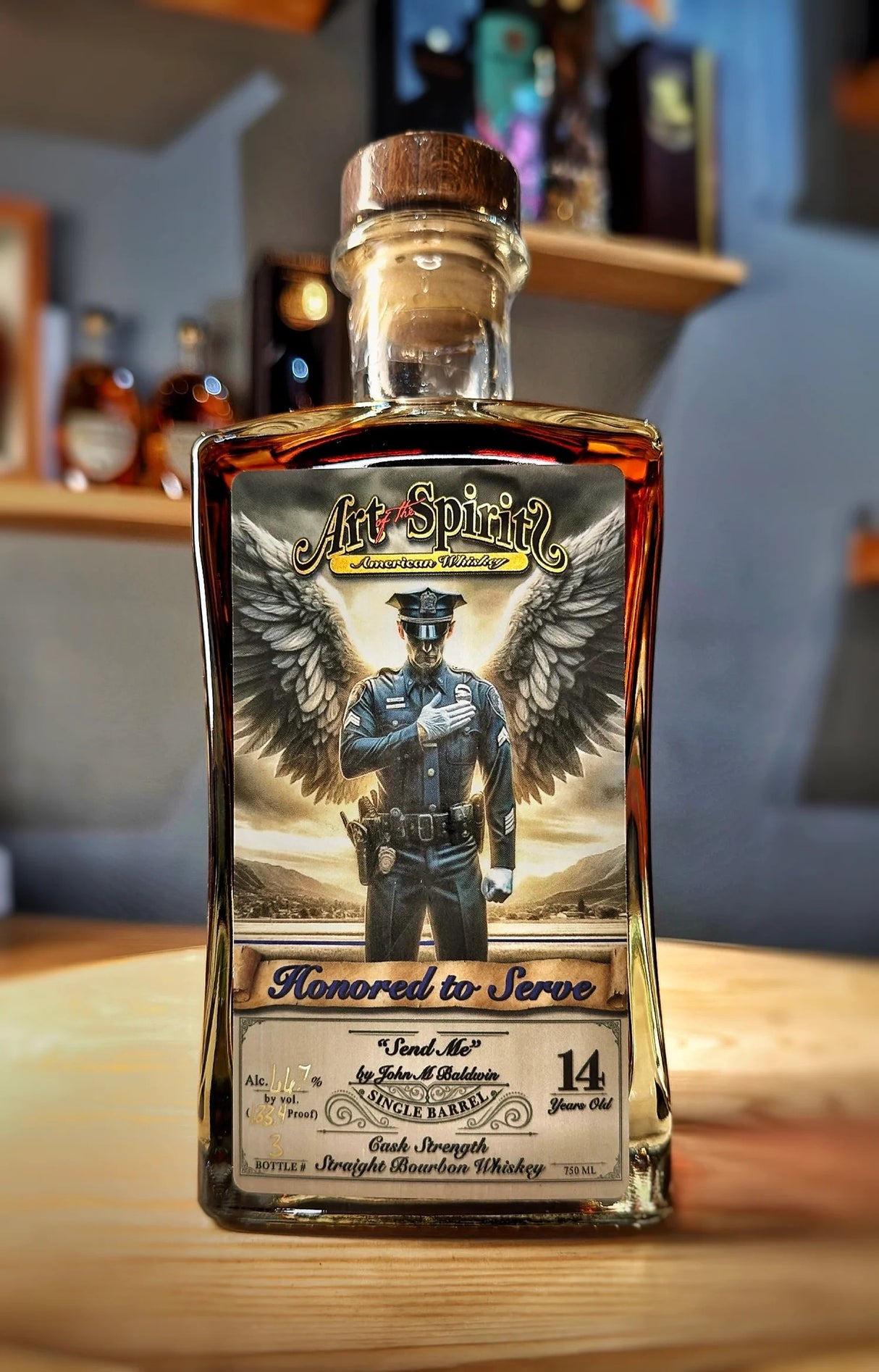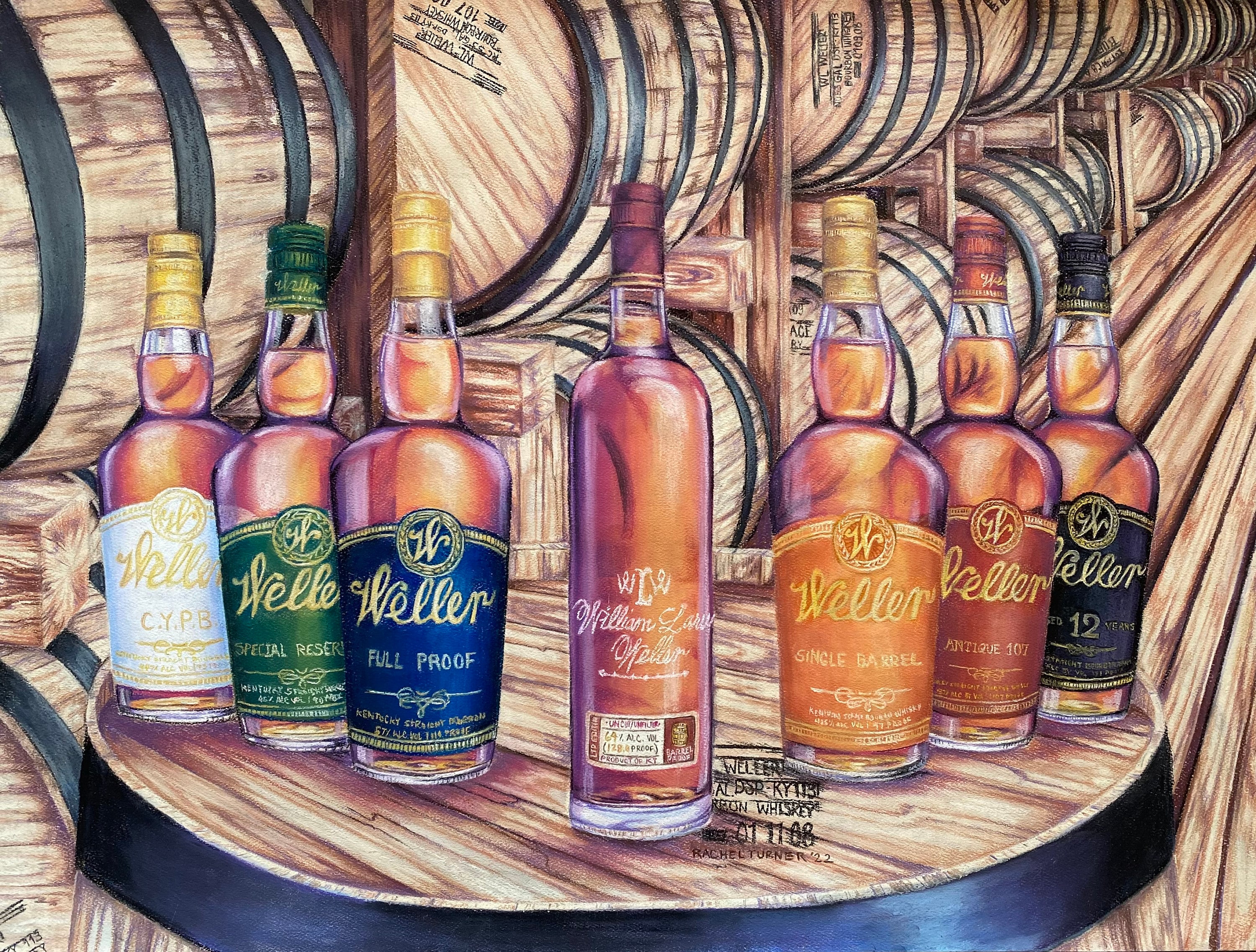Whiskey Art as a Statement: How It Improves Home Décor
Whiskey Art as a Statement: How It Improves Home Décor
Blog Article
The Value of Whiskey Art in Celebrating Heritage and Workmanship in the Beverage Sector
The detailed connection between bourbon art and the event of heritage and craftsmanship within the drink industry can not be overemphasized. With attentively created labels and containers, whiskey brand names envelop their historical origins and the artisanal skills that specify their production techniques.
The Historical Origins of Whiskey
At the heart of scotch's allure lies an abundant tapestry of historical origins that trace back to ancient civilizations. The origins of bourbon can be linked to the purification practices of the Sumerians and Babylonians around 2000 BCE, where early kinds of fermented grain beverages started to arise. It was in the Middle Ages that the art of distillation developed dramatically, specifically in Ireland and Scotland, leading to the production of bourbon as we understand it today.
The term "bourbon" itself originates from the Gaelic word "uisce beatha," suggesting "water of life." This expression underscores the cultural value of bourbon in Celtic cultures, where it was typically associated with routines, parties, and common bonding. By the 15th century, purification became an acknowledged craft within reclusive communities, leading the means for the establishment of lawful distilleries.
As trade routes broadened, whiskey's popularity grew, going beyond regional borders and capturing the rate of interest of aficionados worldwide. Limited Edition. This historic trip mirrors not only the craftsmanship behind bourbon production yet also its essential function in social and social contexts, noting it as a significant beverage throughout history
Artistic Expression in Branding
Whiskey branding stands as a compelling junction of artistry and business, where aesthetic identification plays a crucial role fit customer assumption. The visual appeals of whiskey labels, packaging, and marketing materials mirror not just the brand name's story but also its core worths and heritage. Via artistic expression, distilleries convey a story that reverberates with consumers, evoking feelings and triggering connections.
The use of shade, typography, and images in branding serves to set apart products in a saturated market. Standard motifs might stimulate a sense of credibility and craftsmanship, while modern layouts can represent technology and forward-thinking. This calculated artistic direction boosts brand acknowledgment and loyalty, enabling customers to create an individual relationship with the scotch they pick.
Furthermore, imaginative expression in branding frequently acts as a celebration of regional heritage. Distilleries regularly include regional icons or historical recommendations right into their designs, producing a feeling of place that invites customers to participate in a broader social experience. Inevitably, the artistry behind scotch branding not just boosts aesthetic appeal yet also improves the total narrative of the brand, promoting a much deeper admiration for the craftsmanship and heritage embedded in each bottle.
Craftsmanship in Bottle Style
The virtuosity evident in whiskey branding prolongs beyond aesthetic identification to incorporate the workmanship associated with container design. Each container functions as a vessel not simply for the spirit within, yet additionally for the tale it informs about its tradition, origin, and quality. The layout procedure needs precise focus to information, as components such as material, shape, and closure contribute significantly to the overall perception of the bourbon.
Workmanship in container layout includes choosing premium glass that can improve the whiskey's shade and quality, while likewise offering a tactile experience for the customer. The shape Learn More Here of the container should be both visually appealing and useful, usually showing the heritage of the brand. Several distilleries choose for special shapes or printed logos that stimulate a feeling of authenticity and background.
Furthermore, the label style and typography play an important function in communicating the brand name's narrative. Realism Art. A well-crafted container not only mesmerizes the consumer's eye yet also enhances the brand's commitment to top quality and tradition. In this means, the craftsmanship of container design comes to be an important facet of the whiskey experience, combining artistry with an extensive respect for heritage
Social Significance of Scotch Art
Commemorating custom and workmanship, the cultural relevance of bourbon art transcends plain aesthetic appeals, linking with the social and historical narratives of the regions where it stems. Each bottle official statement functions as a canvas, showing the distinct tales, mythology, and customs that have shaped regional whiskey-making techniques. The intricate designs commonly reflect the heritage of the distillers, integrating signs and concepts that resonate with the culture and worths of their communities.

On top of that, scotch art plays a vital function in communal events and parties, serving as click for info a substantial link in between individuals and their shared experiences. By appreciating the virtuosity in whiskey product packaging, customers cultivate a much deeper understanding and regard for the craft, ultimately enhancing their satisfaction of the beverage itself.
Modern Trends in Scotch Discussion
In the last few years, the discussion of bourbon has progressed to mirror contemporary tastes and patterns while still recognizing traditional craftsmanship - Realism Art. Distilleries are progressively concentrating on visual elements that enhance the general alcohol consumption experience, linking the gap between heritage and modernity
Ingenious container layouts have arised, often incorporating sustainable products and imaginative tags that inform engaging stories. Many brands now team up with regional musicians, instilling their items with one-of-a-kind aesthetic expressions that reverberate with customers. Additionally, limited-edition releases are frequently packaged in collectible containers, adding value and allure for aficionados.

Conclusion
In conclusion, whiskey art serves as an essential channel for revealing the heritage and workmanship intrinsic in the drink market. With elaborate branding, ingenious bottle designs, and culturally substantial imaginative aspects, scotch brands effectively recognize their practices and attach with consumers.


Craftsmanship in container design includes picking premium glass that can boost the whiskey's shade and quality, while also supplying a responsive experience for the customer. In this means, the craftsmanship of container design becomes a vital element of the whiskey experience, combining artistry with a profound regard for heritage.
In verdict, bourbon art serves as an essential channel for revealing the heritage and craftsmanship intrinsic in the beverage market.
Report this page